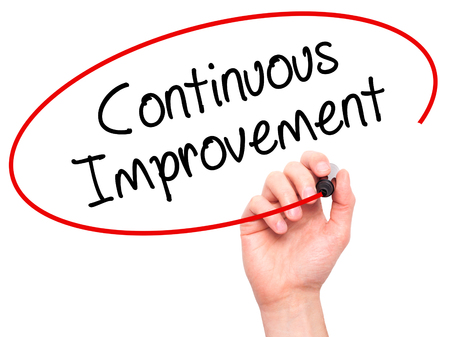
A good deal of focus is placed on the service experience these days and rightly so. In a competitive environment, an exceptional experience will ensure that the service company stands out from the crowd.
Adding Value by Proactively Making Recommendations
However, to add the most value, the service firm must do more than simply create a positive service experience, it must demonstrate to the customer that they are better off for having engaged the service firm. The greatest value a service firm can provide is when they proactively make recommendations to help their customers achieve their business goals.
The field service professional plays a leading role here because they are often in the best position to identify and to discuss the initial recommendation with the customer.
Five Suggestions to Ensure the Interaction is Consistent and Positive
When this occurs, the service experience of business promotion by the field service team is important. If you encourage your field service professionals to make recommendations of products and/or services to your customers, what do you do to ensure that the interaction with the customer is consistent and contributes to the overall service experience?
Here are five suggestions that may help:
1. Ensure that the customer sees a direct connection between the recommendation and the business issues they are facing.
First and foremost, it is important that the field service professional makes recommendations as part of the service that they provide. To be a service, the recommendation should provide some direct and hopefully measurable benefits for the customer. It is important therefore that the field service team communicates the recommendation in terms of how it will help the customer deal with a challenging business issue.
Recommendations that do not include this risk being perceived as simply “selling” by the technician and will be less likely to be followed up by the customer.
Question: Have you provided some training and/or guidance on how your field service person might communicate the benefits of their recommendation?
2. Provide a roadmap for the customer that outlines what will happen next and when.
We can help the customer feel assured that they are taking the right steps in agreeing to explore the recommendation further by giving them a clear understanding of how the process will proceed. If the customer is interested in exploring the recommendation further, then it is important to communicate details such as:
- who will be involved,
- when the customer can expect a call back,
- what the process of evaluating the options will look like,
- etc.
It communicates professionalism and provides the customer with some insight on how they can expect to be treated as the process unfolds.
Question: Does your field service professional take the time to explain to the customer what will happen next?
3. Ensure that the person who follows up is informed about the customer, the issue and the recommendation
In the event that the recommendation will be followed up by someone other than the field service professional (e.g. salesperson, project manager, etc.), it is critical that the handoff is seamless and that the person comes with some knowledge of the customer issue and the recommendation to address it.
It is also important that the responder has the insight from the field service professional about the customer and their expectations which will help ensure that the solution fits the customer’s requirements.
Question: What processes and expectations do you have of your team to communicate critical information about the customer and the issues so that the responder comes prepared and creates a professional impression?
4. Execute well
There is not much to be said here. Obviously, if the customer agrees to go forward, the execution of the recommendation is vitally important. One way to stop field service professionals from making recommendations is to poorly execute on ones that they have made. I realize that this seems obvious, but I have worked with many service providers who are not successful in making recommendations across service lines because the field team does not have confidence in the other service area of the business.
Question: What are you doing to ensure that all projects are executed flawlessly and to encourage cross operational recommendations?
5. Follow-up
This is another obvious recommendation but not one that is always addressed effectively. Following up allows the customer to share their experience and this feedback can be used to take steps to recover if the performance was not up to customer expectations. Feedback can also be used to further enhance the service experience provided. With very satisfied customers, follow-up provides an opportunity to ask for referrals from a source who will only be too happy to recommend you to others.
Question: What expectations do you have for follow up on executed recommendations and how do you use that information to enhance future service levels and help grow your business?
Engaging field service teams in business development is an important part of the strategy of any service company that wants to add value and differentiate themselves in the market place. The key, however, is to ensure that your field team performs this function in a manner that contributes to the service experience you want your customers to have.
As always, I welcome your comments and questions. You can connect with me via telephone or email or leave a comment right here on the site. And as always, please feel free to leave a link back to your own blog if you have one via the commentluv feature here on the site. If you are reading this blog post via email, you will need to locate this post on my website by clicking here. Scroll down to the bottom of the page where you will find the comment section.
Jim Baston
“Customers may forget what you said but they’ll never forget
how you made them feel.”
Unknown












